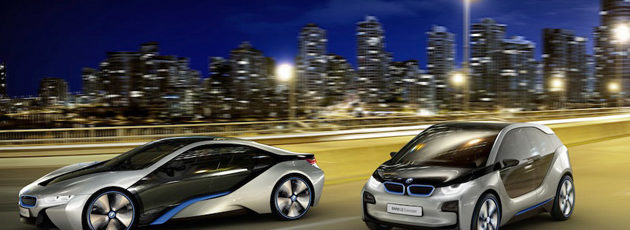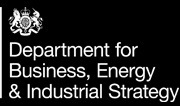
EU votes for 2025 new car emissions target of 68-78g/km or 106mpg
The European Parliament’s Environment Committee has voted to adopt proposals to set an indicative 2025 target of CO2 emissions from new cars of 68-75g CO2/km, or 106mpg.
Although the decision still has to be confirmed by the full European Parliament, EU member states and Commission, the move lays down a marker that the average new car should need less than three litres to drive 100km by 2025. The EU‘s current car emission target is 130 g/km by 2015.
Under the proposals by the European Commission, car manufacturers can take advantage of so-called ‘supercredits’ – credits for certain desired innovations – to help them meet the target. This would allow those specialised in larger, more polluting models – such as Mercedes or BMW – to stay within EU targets as long as they include some electric or hybrid models in their product ranges.
In other votes, the Committee tightened procedures for testing cars and rejected proposals that would have opened new opportunities for alternatively fuelled vehicles and so-called ‘eco-innovations’ (technologies that produce emissions on the road but not in the test).
The Committee’s vote is expected to meet opposition from some member states, notably Germany. The German car industry includes a high number of luxury manufacturers, and the German government has been seeking protection for its car makers. But the MEP acting as ‘rapporteur’ for this legislation is a German from Angela Merkel’s Christian Democrat party, and he described the vote as ‘a real revolution’.
Green parliamentarians and advocacy groups such as Greenpeace criticise the supercredits as a “loophole” limiting the incentive for manufacturers to reduce emissions.
Brussels-based NGO, T&E’s clean vehicles manager Greg Archer said: “This vote is a step in the right direction but still a compromise. This package of standards, if confirmed, will reduce oil waste, fight climate change, and create high-tech jobs.
“In addition, it will help Europe maintain its competitive advantage in low-emissions engine technology, an advantage that would be threatened if member states water this package down. MEPs have also been wise to improve the ways cars are tested, and they have set a helpful limit on the amount of supercredits that can be used.”
Europe’s car maker umbrella association ACEA responded by saying the 2025 standard was ‘a political target’ and ignored the fact that ‘sales and jobs in the sector have been declining for over six years’. Yet according to ACEA’s own information, the EU produced nearly 16 million cars in 2011, back to the levels recorded pre-crisis, as a result of strong exports in a global market growing at 5% a year.
The Irish presidency hopes to finalise the law before the summer break. ACEA called for a “more realistic and balanced approach to CO2 emissions policy”. Secretary General, Ivan Hodac, said: “Policy makers should not lose sight of the fact that Europe and its automobile industry play a leading role in the global challenge to reduce CO2 emissions.”
A further vote on light commercial vehicles will be held in the Environment Committee on 6-7 May.
From the LowCVP.





